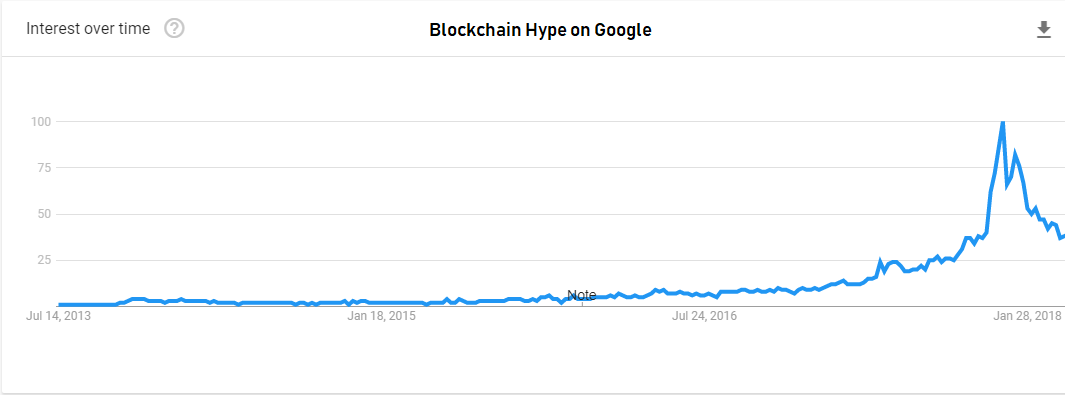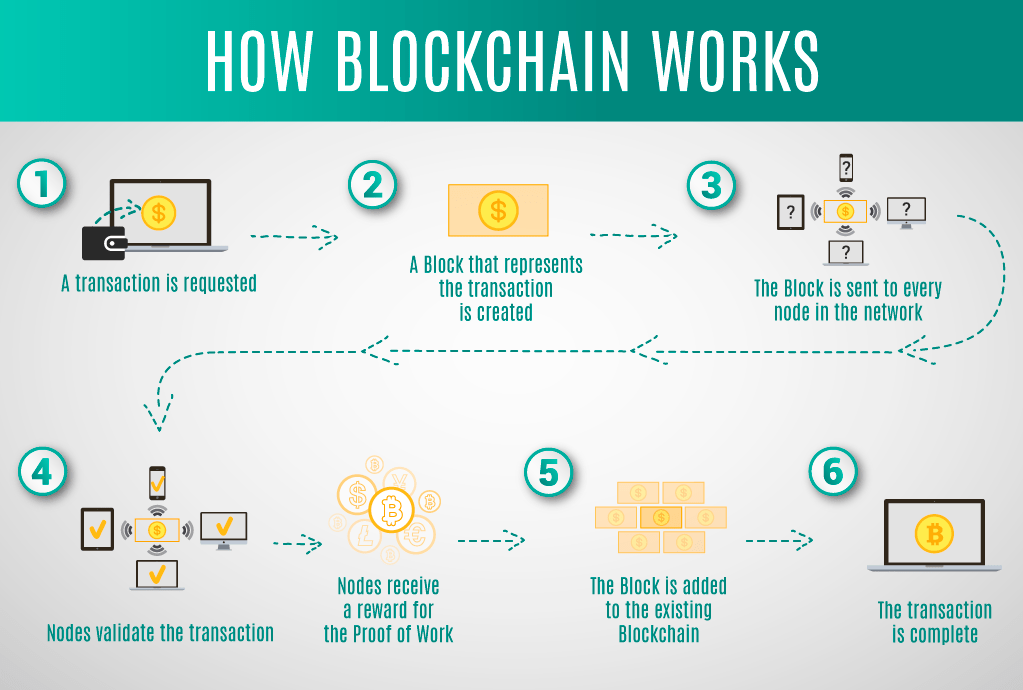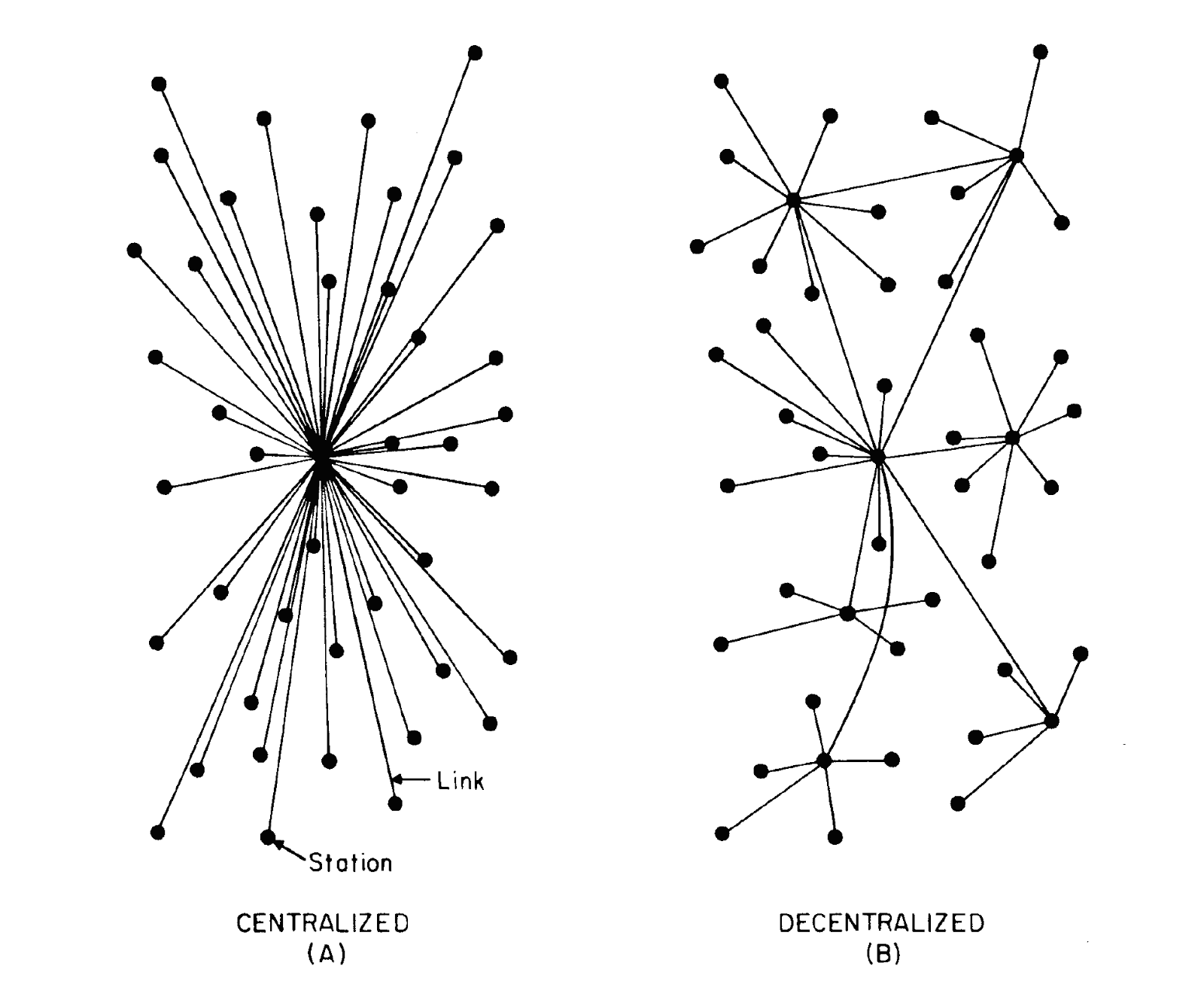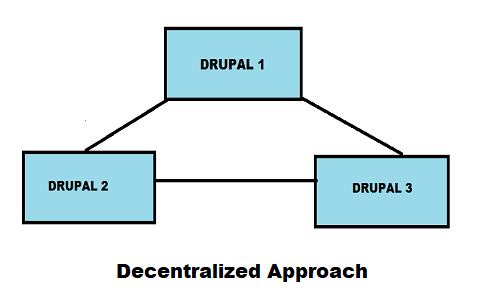
“Bitcoin is a technological tour de force” - Bill Gates, Co-Founder of Microsoft
There is a new Birdman in the town! An idea that has gripped the biggest institutions in the market. A technology, that enthusiasts believe, could change the world.
"A truly extraordinary invention that does really mundane things", as told by Paul Brody, E&Y Global blockchain leader.
Some see it go much further than the effect on "big stock trades". Further into cracking down on music piracy, child labor and a lot of other things around the world.
Yes, I'm definitely talkng about Blockchain Technology!!
What is all the noise about?
This fuss about blockchain technology has been around for a long time now. So long that even Google is working on its own blockchain related technology. We all know that it has brought quite a change in the tech flow! But what is the clatter about?
This might help you out a little

As defined by the experts in the tech world, "Blockchain technology is a decentralized, replicated & shared ledger for managing and keeping record of transactions across multiple participants".
In layman’s terms, transactions no longer use a centralized database for storage, instead store among the participants itself (called nodes). Before the blockchain technology swept everyone right of the floor, traditional transactions were centralized and dependent on a third-party to create a trust-worthy environment where the transaction partners are strangers. With multiple issues from high transaction costs and low speed to single point of failure and lack of transparency, businesses were in need of a better system in place.
With blockchain technology, the distributed ledger technology allows different nodes to interact directly with each other, being independent of a third party source. Also, blockchain technology handles every other issue with ease.
 The Transformation
The Transformation
Before it raced ahead to be recognised as the potential to become the disruptive standard in commerce, Blockchain was originally devised for Bitcoin. This 'not-so-real" cryptocurrency is based on the distributed ledger principle. As one of the most common blockchain application with a market capitalisation of more than $19 billion (as known on April 13th 2017) and a daily traded volume of $330 million, it allows transactions by decentralised confirmation and integrating it to the blockchain.
In addition to the trusted ledger functionality, blockchain very quickly adapted to exchange of files through the transactions. As a major brakthrough, NXT since 2013 and LINQ by Nasdaq since 2015 have been using the blockchain technology to transfer tokenised assets.
It was all about blockchain 2.0 from the late 2015 when Ethereum was launched to allow the use of smart contracts on a much larger scale than Bitcoin. These contracts allow automatic execution of code on blockchain.
What Does This Mean for Digital Content?
Quite recently, the digital world was rocked by one of the most complex cases of data breach by a leading organization that caught the entire world completely by surprise! And ofcourse you all know about the “Terms of Service” that allows websites to actively track almost every internet activity of yours.
My point is, this data, handled by a central entity, is easily accessible and the user does not have complete control.
However, with Blockchain technology, things are going to be different. Spearheading the momentum of decentralization, Blockchain ensures that the data stored is completely tamper proof. This being the main reason enterprises have shown interest in this technology.

With the capability to decouple the business logic from data using "Smart Contract", Blockchain ensures that no single organization can take hostage of data.
Some of these Blockchain powered decentralized technologies that are playing a vital role in digital content management are : IOTA for decentralised payment processing, Smart Contracts from Etherium, Bitcoin, Hyperledger, Blockchain database from BigchainDB.
The fact that decentralized CMS allows users to control the content they produce is something that businesses around the world are ready to embrace.
Where Does Drupal Fit In?
The idea that Drupal and Blockchain can work together to create a secure decentralized architecture is quite fascinating. Look at this tweet by Dries, way back in 2016.

We all know that the workflows of Drupal and Blockchain are completely different. While Drupal uses a centralized database, blockchain on the other hand does not require a middle man and instead acts a verification element.
This is where things get interesting.
Let us for example consider a Hospital with a number of branches around the country. A healthcare network is huge, with great amount of data. Doctor information, patient information, academia, pharma, insurance etc. There is a ton of data and everything has to be handled efficiently to ensure things don't go out of hand!
Blockchain can do wonders here!
By creating a decentralized architecture which is secure and also immutable, blockchain can handle every piece of information precisely. Patient data for example can be made universally available and the info can be validated by the patient himself, by providing him access and control.
Patient medical records can be made accessible not only to the patient and the doctor, but also to research organizations, insurers and anybody seeking the required information. And the fact that the patient himself can validate the entire access is a vital point.
Also, Blockchain will play a huge role in reduction of cost and the time-cycle of transactions and medical claims. Improved administration process, fast efficient payments, reduction in medical claim fraud and multiple immutable authentication can further stamp Blockchain's importance.
Blockchain can create an architecture that allows rule based transactions possible with no communication gaps. All the approvals and the information edited, deleted and corrected will be documented. Yes, this system has a few challenges of its own with respect to need for a decentralized consensus.
This is where, Drupal CMS comes into the picture. Now if this entire healthcare network was on Drupal, each department of the hospital had its own website handled by Drupal individually. For example, Drupal 1 could deal with patient data across the main website. And Drupal 2 could take care of medical claims and other insurances. While Drupal 3 could handle career and other campaigns.
My point here is, to use Blockchain and synchronise users and the user data so that it is available throughout the entire infrastructure.
Imagine having a patient to enter all the information on the main website for the first time to sign in, and then forcing the same patient all over again when he visits the other website for his medical claims. Definitely not an option for a seamless experience.
Ofcourse, with Drupal, a centralized database can be maintained to avoid such repeated interactions! However, multiple user functionality, vulnerability to errors and the need for logic to bypass the mature Drupal system are quite a headache.
With Blockchain and its peer-to-peer distributed ledger, the healthcare infrastructure looks something like this. (No middle-man ofcourse)

This architecture ensures that an update on one of the Drupal websites, gets synchronized on all the other ones. This decentralized architecture has a set of its own advantages and challenges.
While it completely avoids the "single point of failure", thus keeping the entire system from loosing data, the work required to integrate data into the system is not an easy task. However, when worked on it for a better integration, Blockchain and Drupal together can do wonders.
People now are quite aware of their rights on data and how organizations breach the data privacy policy to gain control over it. Today, as I write this, organizations across various industries around the world are testing their business applications of blockchain technology. In the short-term blockchain can be a source to streamline processes. However, in the long run this technology is bound to have a huge impact on the entire structure.
With the Drupal community looking to explore options beyond the ever used centralized content distribution, it is time to think seriously about implementing Drupal with blockchain technology. It is time to believe in technology.



